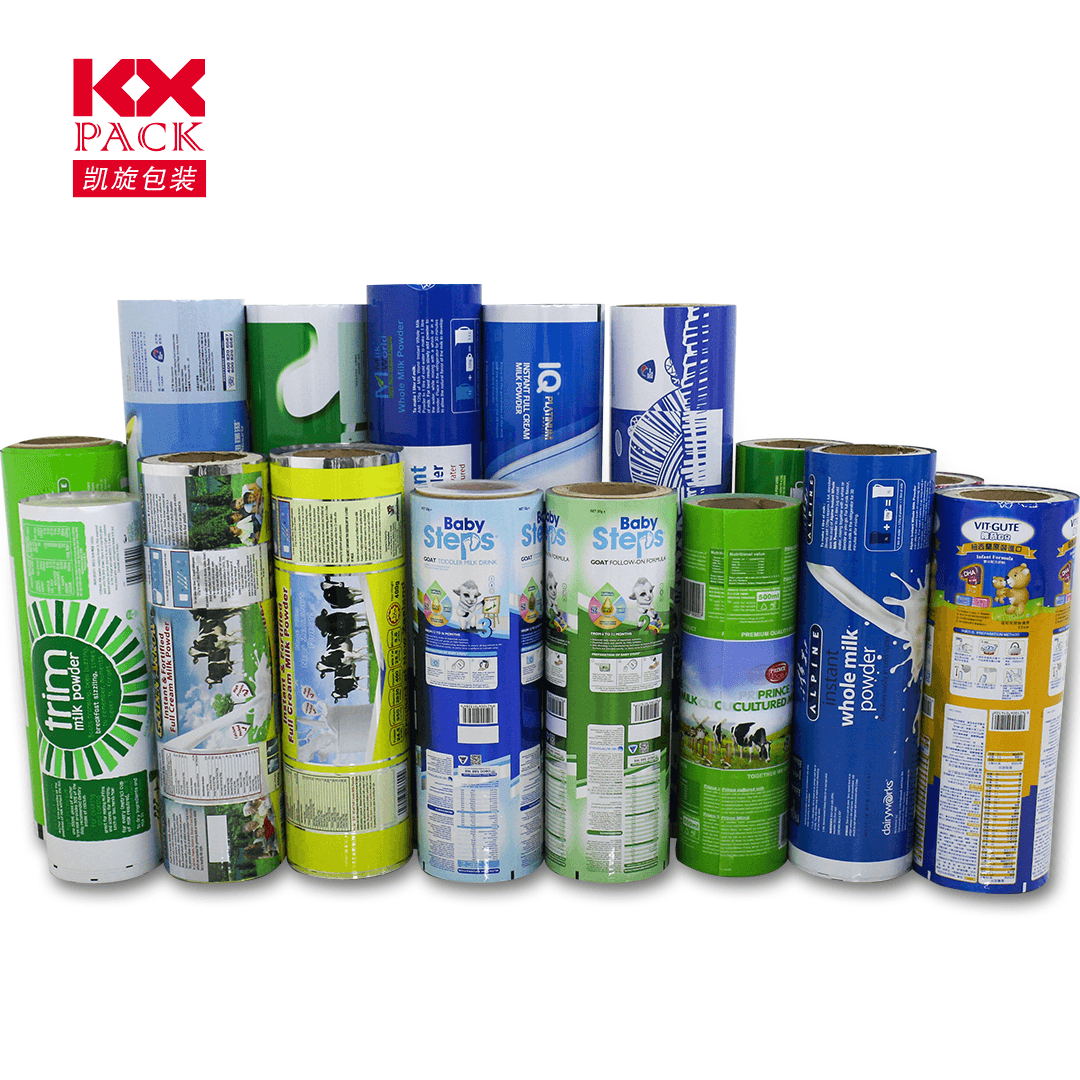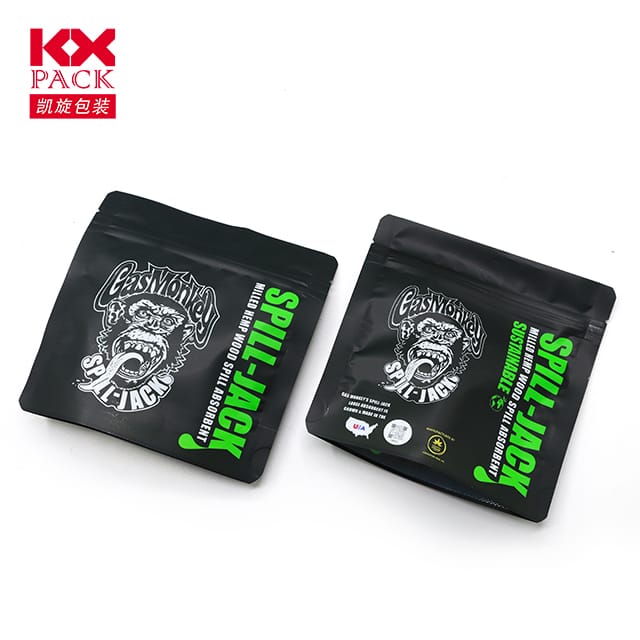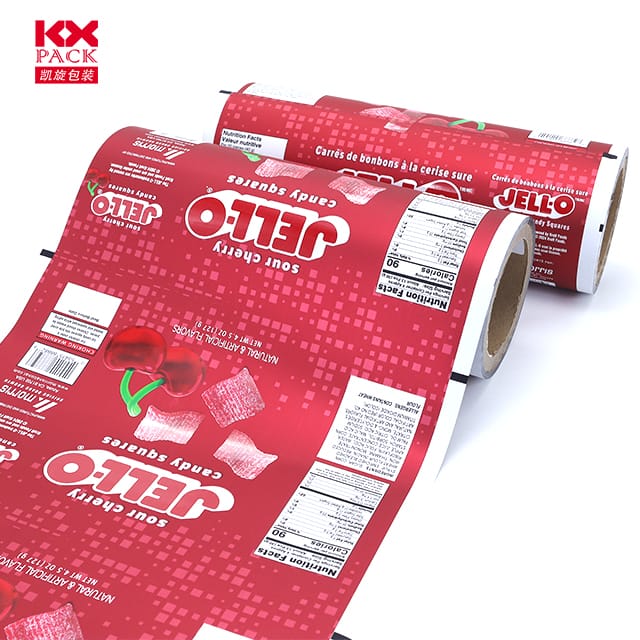음식 포장 필름에 대한 궁극적 인 가이드: 유형, 용도, 및 친환경 대안 대안 (4)
음식 포장 필름
남은 음식을 포장하든, 식사 준비, 또는 간식을 신선하게 유지합니다, 음식 포장 필름 (집착 필름이라고도합니다, 플라스틱 랩, 또는 사란 랩) 부엌 필수품입니다. 그러나 플라스틱 폐기물 및 화학 안전에 대한 우려가 커지면서, 환경 피해를 최소화하면서 필요에 맞는 올바른 옵션을 어떻게 선택할 수 있습니까?? Let’s dive into the world of food wrapping films, from traditional choices to sustainable swaps.
What Is Food Wrapping Film?
Food wrapping film is a thin, flexible plastic sheet designed to create an airtight seal around food, 부패 방지, 수분 손실, and contamination. It’s commonly used to wrap sandwiches, cover bowls, or store cut fruits and vegetables. While convenient, not all films are created equal—material, 두께, and safety certifications vary widely.
Types of Food Wrapping Film
- PVC (Polyvinyl Chloride) Film
- Pros: Affordable, clingy, and transparent.
- Cons: Contains plasticizers (like phthalates) that may leach into food, especially fatty or acidic items. PVC is also non-recyclable and harmful to the environment.
- 체육 (Polyethylene) Film
- Pros: Safer than PVC (BPA- and phthalate-free), microwave-safe, and recyclable in some areas.
- Cons: Less clingy than PVC, so it may require double-wrapping.
- PVDC (Polyvinylidene Chloride) Film
- Pros: Excellent barrier against oxygen and moisture, keeping food fresher longer.
- Cons: Rarely used today due to environmental concerns; often replaced by PE or eco-friendly alternatives.
- Biodegradable/Compostable Films
- Made from plant-based materials like cornstarch, 셀룰로오스, or sugarcane.
- Pros: Breaks down naturally in compost systems, reducing plastic pollution.
- Cons: Often pricier and may not cling as well as traditional plastics.
How to Choose the Right Film
- Safety First: Opt for PE or plant-based films labeled “food-safe” and free from BPA, phthalates, and PVC.
- Purpose: For long-term storage, choose a thicker film with a strong seal. For quick wraps, a lightweight PE option suffices.
- 지속 가능성: Prioritize recyclable or compostable brands if possible.
Eco-Friendly Alternatives to Plastic Wrap
Concerned about plastic waste? Try these reusable and sustainable options:
- Beeswax Wraps: Made from cotton coated in beeswax, these wraps are washable, 퇴비화 가능한, and perfect for covering bowls or wrapping cheese.
- Silicone Food Covers: 튼튼한, airtight, and dishwasher-safe, silicone lids fit snugly over bowls and containers.
- Glass Containers: Invest in leak-proof glass containers with lids for meal prep and storage.
- Fabric Covers: Elasticized fabric bowls covers are breathable and machine-washable.
Pro Tips for Using Food Wrapping Film
- Avoid Microwaving Plastic Film: Heat can cause chemicals to leach into food. Use PE film or switch to microwave-safe silicone covers.
- Wrap Food Properly: Press the film tightly against the food’s surface to eliminate air pockets, which speed up spoilage.
- Store in a Cool Place: Heat can weaken the film’s seal and cause it to melt.
The Future of Food Wrapping
Innovations like edible food films (made from starch or seaweed) and smart packaging that detects spoilage are on the horizon. 한편, brands are increasingly offering recyclable or compostable options to meet consumer demand for sustainability.
최종 생각
Food wrapping film is a kitchen essential, but choosing the right type matters—for your health and the planet. While traditional plastics offer convenience, eco-friendly alternatives like beeswax wraps and silicone covers provide a greener, reusable solution.
What’s your go-to method for keeping food fresh? Share your tips or favorite sustainable swaps in the comments below! 🌱🍴





